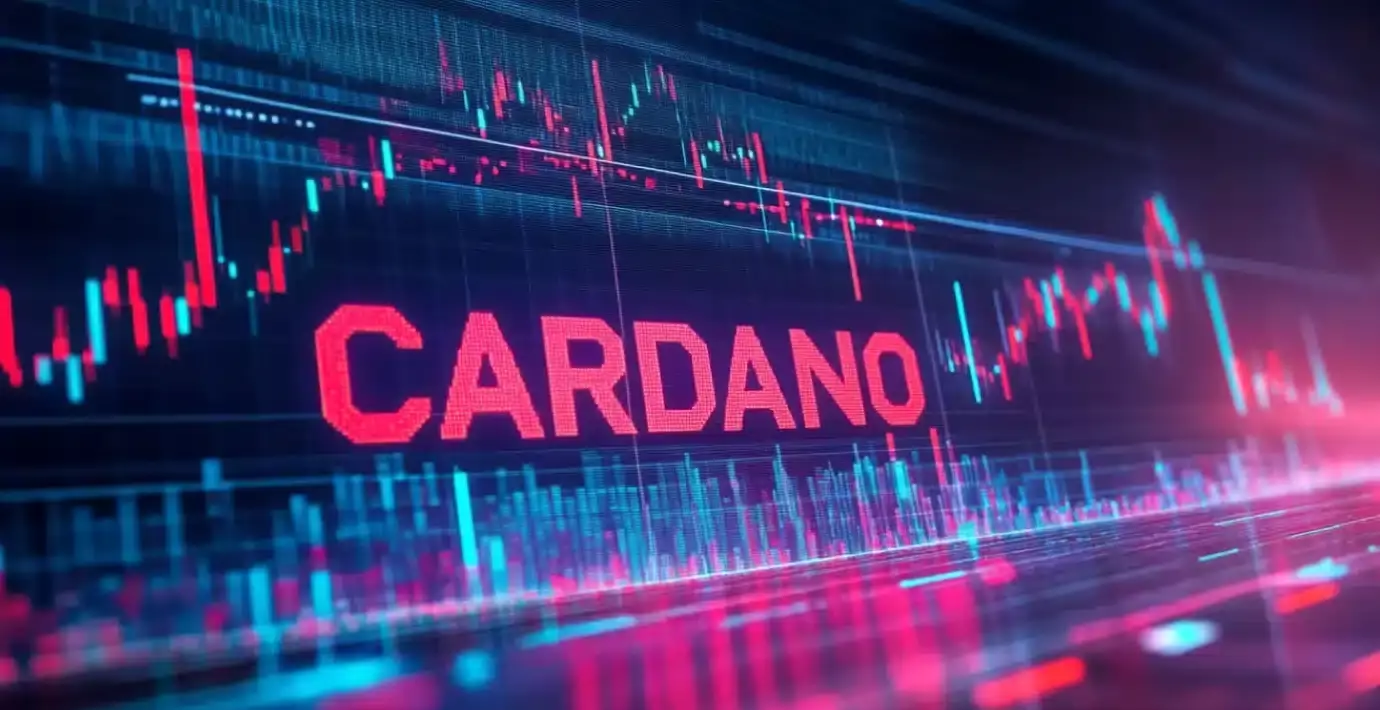The launch of Cardinal marks a pivotal moment in the cryptocurrency landscape, particularly for Bitcoin users. Cardano, helmed by its visionary founder Charles Hoskinson, is daring to challenge the status quo by introducing a decentralized finance protocol tailored for the Bitcoin community. This innovative leap not only showcases Cardano’s ambition to broaden its ecosystem but also reflects a crucial understanding of the demands of modern cryptocurrency users—namely, the need for greater control and transparency over their assets.
Breaking the Chains of Centralization
At its core, Cardinal is engineered to liberate Bitcoin holders from the shackles of traditional custodianship. In a world increasingly wary of centralization—especially after the upheavals seen during the market turmoil of 2022—Cardinal’s design stands out. By utilizing unspent transaction outputs (UTXOs) to create a trust-minimized environment, it cleverly avoids placing users’ faith in a single custodian. As opposed to conventional wrapped Bitcoin solutions that risk user assets to centralized intermediaries, Cardinal empowers users by maintaining a direct and verifiable link to their Bitcoin through innovative cryptography. This level of autonomy is a remarkable shift that has potential implications for how users engage with their assets.
Rehypothecation: A Double-Edged Sword
The issue of rehypothecation in finance often raises eyebrows, with critics citing a lack of transparency and potential risks involved in asset reuse. Cardinal’s approach is particularly refreshing here, as it allows users to retain full control over their assets without falling prey to opaque practices. This user-centric approach is a direct response to growing concerns surrounding trust and transparency in both the crypto and traditional finance markets. By eliminating rehypothecation, Cardinal not only prioritizes security but also aligns more closely with the foundational ethos of the cryptocurrency movement—decentralization and user sovereignty.
Seamless Interoperability with Ever-Expanding Functionality
Moreover, the integration of BitVMX creates an intriguing synergy between the Bitcoin and Cardano networks. The ability to handle complex operations off-chain while preserving the decentralized nature of both systems opens the door to a plethora of opportunities. This capability not only enhances the user experience but also fosters an environment ripe for innovation, driving the development of Bitcoin-native applications on the Cardano platform. The recent demonstration of a bridgeless BTC-to-Cardano transfer at the Bitcoin 2025 conference is a testament to this exciting potential.
The Road Ahead: Opportunities and Challenges
Despite the significant strides Cardinal is making, the challenge of attracting liquidity remains a pressing concern. Cardano’s total value locked in DeFi has seen a decline, which raises questions about the protocol’s immediate impact on the DeFi ecosystem. Yet, this should not overshadow the momentous nature of Cardinal’s launch. The potential for long-term growth and viability is strong, especially if it can convincingly demonstrate its value proposition to Bitcoin holders who have remained skeptical of DeFi. The broader crypto-community should recognize that Cardinal is not merely another contender; it embodies hope for a more user-focused financial landscape.
In a realm often overshadowed by hype and infrastructure challenges, Cardano’s Cardinal is not just a beacon of innovation; it represents a necessary evolution in how we perceive and interact with decentralized finance. The ongoing transformation of the cryptocurrency world continues, and Cardinal’s proposition could be a game-changer for Bitcoin users, driving them toward a more self-sufficient and transparent future.

